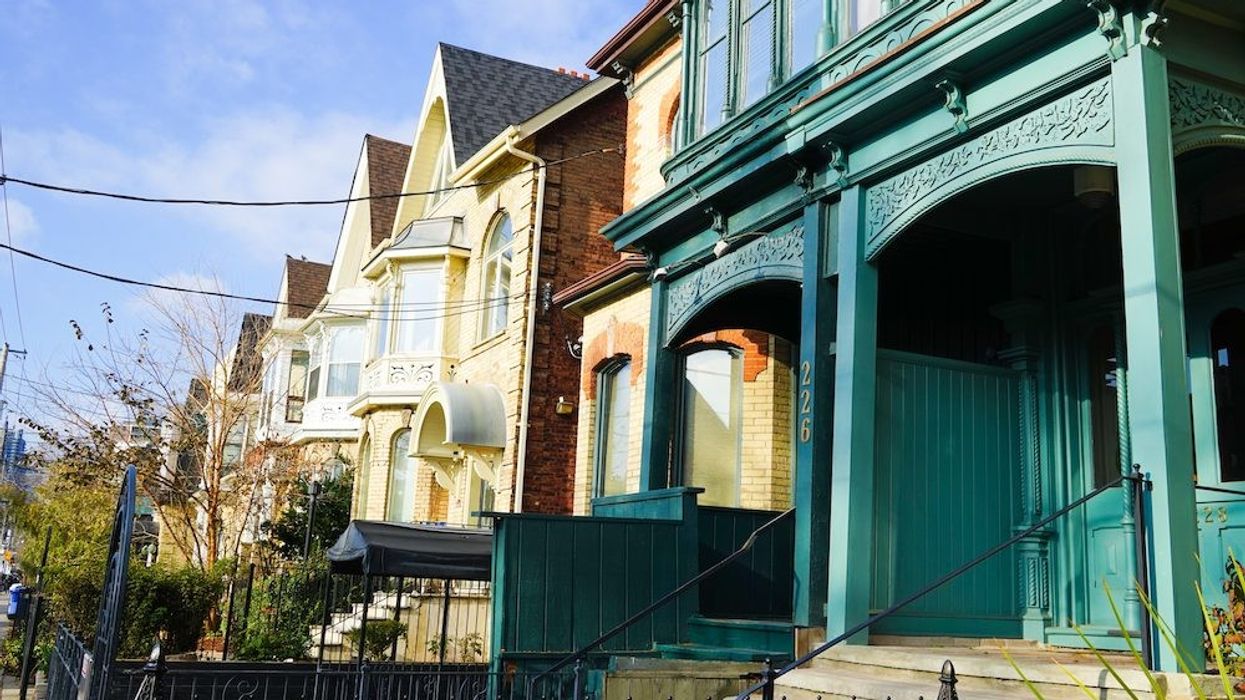Canadian housing prices are undoubtedly starting to soften, as the impact of higher borrowing costs are increasingly felt by homebuyers -- and there’s still plenty of room for them to fall, according to a new analysis from Desjardins.
In a note examining the effects of rising mortgage rates on the market, Senior Economist Hélène Bégin and Senior Director of Canadian Economics Randall Bartlett stated they anticipate that home prices could potentially fall as far as 15% from February 2022, which is now known to be the market’s price ceiling.
“Looking ahead, we believe ever-higher borrowing costs are going to weigh on housing market activity as increasingly interest-sensitive households batten down the hatches for the impending storm. This is expected to lead to sustained weakness in sales activity, thereby keeping persistent downward pressure on prices,” they said.
READ: GTA Home Prices Have Fall Nearly 10% From Their 2022 Peak
The most recent April data from the Canadian Real Estate Association revealed aggregate home prices dipped 12.6% on a month-over-month basis, following the Bank of Canada’s first interest rate hike in March; the central bank has since increased its rate three times -- including super-sized 0.5% hikes this month and last -- to bring the base cost of borrowing up to 1.5%. As a result, the consumer lenders’ Prime Rate is now 3.7%, while five-year fixed mortgage rates now hover in the 5% range.
“It looks as though the Canadian housing market correction we expected has begun, though it’s still concentrated in a small number of markets. But there’s no need to panic,” the co-authors write.
As they point out, don't call it a crash: such a price drop still won’t be enough to unwind the aggressive price run ups experienced in markets big and small over the course of the pandemic. According to calculations by Oxford Economics, Canadian home prices clocked in 50% above pre-pandemic levels this past February -- recent softening is only starting to make a slight dent.
“While a correction in the range of 10% to 20% is likely by the end of next year in most provinces, average home prices are expected to remain above the pre-COVID level and trend,” they write. “As such, the anticipated correction should bring more balance to the Canadian housing market.”
“While some Canadians may lose their sleeves, we don’t expect Canadian households on the whole to lose their shirts.”
However, some markets are poised to see larger price drops than others. Markets that saw rampant price growth that was driven by COVID-era buying trends -- such as demand in locales where people could work remotely -- are set to see the largest declines, for example, the Maritimes. However, the Prairie markets, along with Newfoundland and Labrador, are expected to be the most resilient.
“Communities within a few hours’ drive of Toronto are likely to see sales activity and prices cool the fastest as borrowing costs rise and commuting becomes more common,” writes the economists.
A similar price discovery trend is currently being witnessed in the Greater Toronto Area with the May numbers showing month-over-month declines of up to $80,000 in some of the region’s exurban markets. Meanwhile, home prices in the City of Toronto remained roughly flat, as urban centre didn’t see the same kind of extreme price inflation over the past 24 months.





















